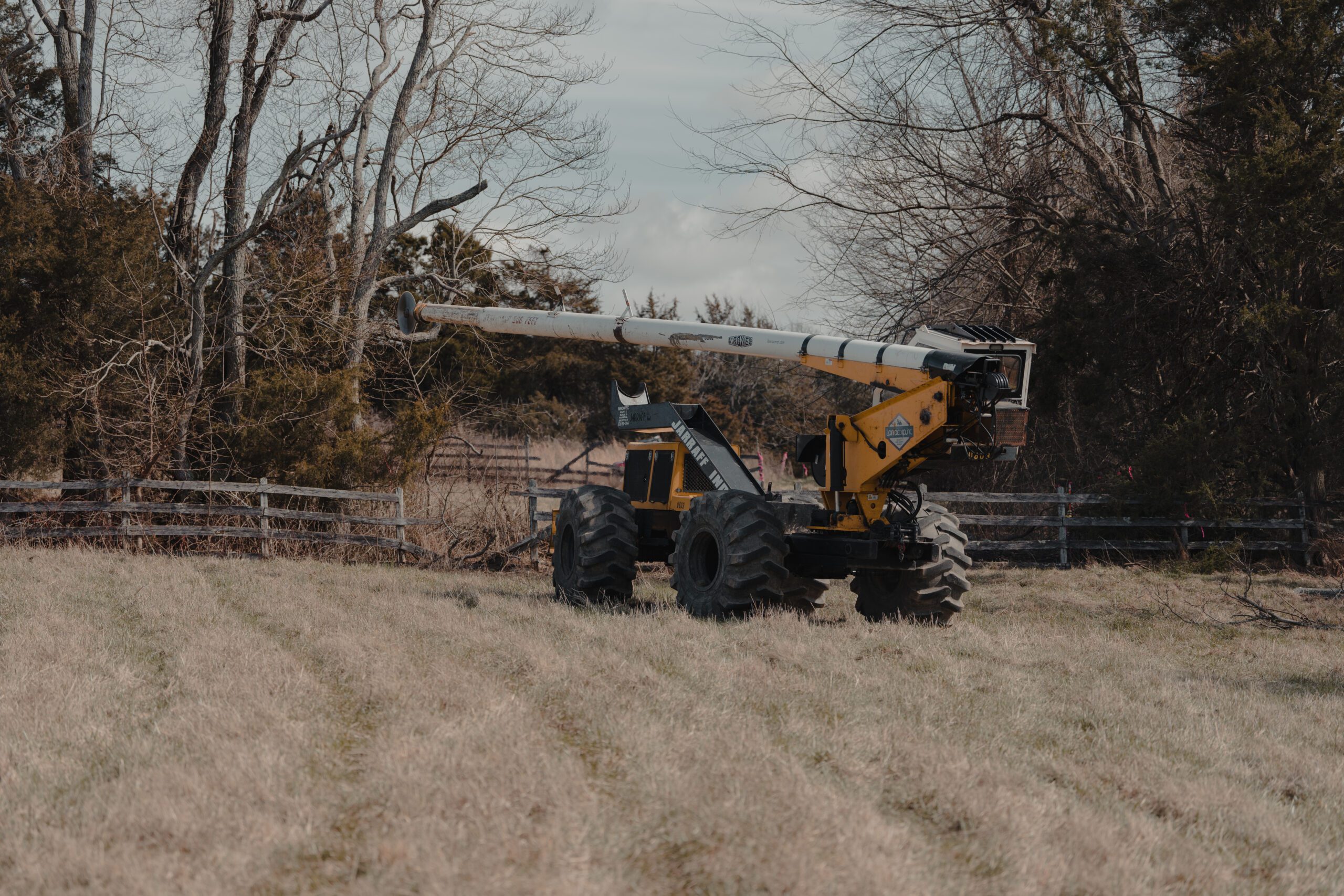What Types of Safety Measures Should a Contractor Use?
Being safe is easier said than done; for some, dangers are woven into parts of their jobs and are difficult. Yet, it is still possible to implement and follow safety goals to ensure that those hazards are mitigated. The contracting world extends to many industries, including general contracting, industrial and pipeline maintenance, tree and landscaping, excavation, and more. Safety in all the contractor sectors should focus on keeping your clients and the work you are doing for them safe.
Each industry has a different standard for keeping those involved with the job safe, but a few general contractor safety goals can often be applied. First, investing in the training of your employees will benefit your company at large. Another is making your employees aware of the emergency procedures for when an accident occurs. Finally, regular review of the safety procedures and protocols to ensure they are current and applicable. Each of these goals is detailed further below.
How Continued Training of Your Employees Benefits Safety
As an employer, you should strive to invest in the continued training of your employees. By doing this, you can show them how committed you are to their safety and ensure they are fully trained on the hazards in the workforce. Today there is steady growth with technology as it relates to training, and implementing virtual training can positively impact your business’s day-to-day. As little as once a month, spending a full-day learning about new procedures or equipment your company wants to introduce will benefit you in the long run.
When hiring a new employee, you offer training for the position for a few days or weeks so they can feel confident in what they are doing. The same should apply to an employee who has worked for you for ten years and is being introduced to new heavy machinery. By adding this grace period for learning, all people involved with new training and equipment should have fewer accidents than they would without a training session.
Your team should be using a variety of forms to help promote the discussion and mitigation of hazards. These forms can be JSAs, BBS, Near Miss, Specific Risk Assessment Guides, Equipment Checklists, Site Specific Safety Plans, and so much more. Be sure these are discussion-promoting, and the entire crew is involved.
How to Prepare and Use Emergency Procedures
The first thing to navigate is the potential safety risks for your specific contracting industry. Each risk may need a different operating procedure, and having each scenario prepared is well worth the extra time spent identifying them. Once those are outlined, you can begin preparing an emergency procedure for each of them. The Occupational Safety and Health Administration (OSHA), National Institute for Occupational Safety and Health (NIOSH), and state and federal guidelines all have individual rules that should be applied where necessary. Use a JSA or other pre-job forms to help you determine the hazards that must be mitigated at your job site before an activity begins.
It is important to note which safety risks are more likely to happen as they require more attention and details. All parties that could encounter the safety risk should be well-versed in the procedure. Spending time going through each step and answering any questions may seem excruciating, but it will be well worth it if the situation ever occurs.
Regular Review of Safety Procedures and Protocols
After your safety procedures and protocols are up and running, you should establish a regular review system. The people involved in this process should be within and outside your business. You should locate experts within the field who are outside of your organization. These people can give you specialized insight into safety for your specific industry and help review the current procedures you have in place. Keeping your employees, supervisors, and management in the loop is also a good practice. They should be aware of any changes or conversations which could affect how the procedures are enacted. Oftentimes, these reviews can get pushed to the back burner when other time-sensitive matters arise. Finding a time and keeping on schedule for reviews and updates is critical. If you review every year, you should be able to keep up with the ever-changing updates to ensure your overall contractor safety goals are prioritized.
All these contractor safety goals help to further your company’s image of creating a safety-first culture. By investing in your employee’s safety, you are showing them and others outside of the company that you are committed to high standards of safety. If you want to show your dedication to safety, start by implementing consistent safety training, preparing emergency protocols, and regularly reviewing your safety procedures. From there, you can expand your safety culture. Safety culture is key to employee buy-in, but the company and management must put their time and money where their mouth is. It can’t be just boxes to check, your safety policy, programs, and conversations should be consistent and from the heart.

